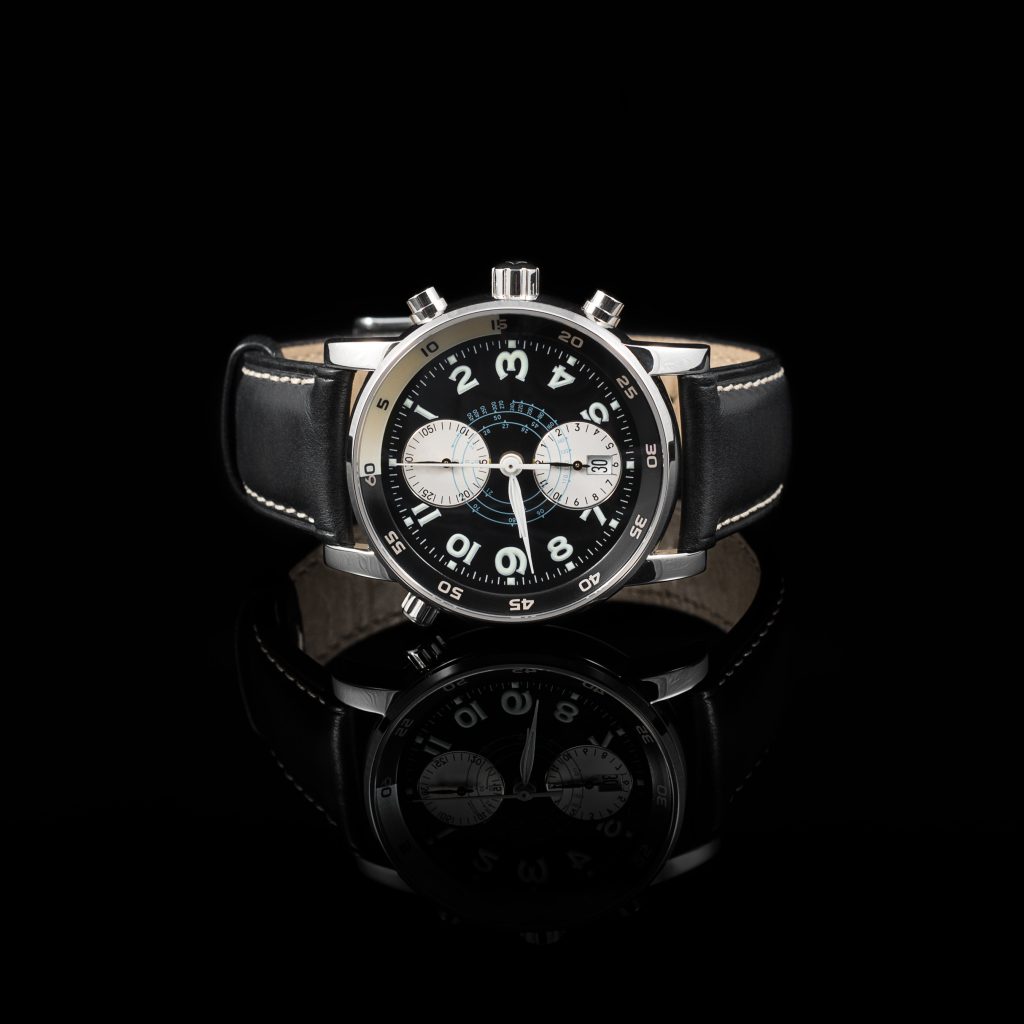
Watch
A watch is a portable timepiece intended to be carried or worn by a person. It is designed to keep a consistent movement despite the motions caused by the person’s activities. A wristwatch is designed to be worn around the wrist, attached by a watch strap or other type of bracelet, including metal bands, leather straps, or any other kind of bracelet. A pocket watch is designed for a person to carry in a pocket, often attached to a chain.
Watches were developed in the 17th century from spring-powered clocks, which appeared as early as the 14th century. During most of its history the watch was a mechanical device, driven by clockwork, powered by winding a mainspring, and keeping time with an oscillating balance wheel. These are called mechanical watches. In the 1960s the electronic quartz watch was invented, which was powered by a battery and kept time with a vibrating quartz crystal. By the 1980s the quartz watch had taken over most of the market from the mechanical watch. Historically, this is called the quartz revolution (also known as quartz crisis in Switzerland). Developments in the 2010s include smart watches, which are elaborate computer-like electronic devices designed to be worn on a wrist. They generally incorporate timekeeping functions, but these are only a small subset of the smartwatch’s facilities.
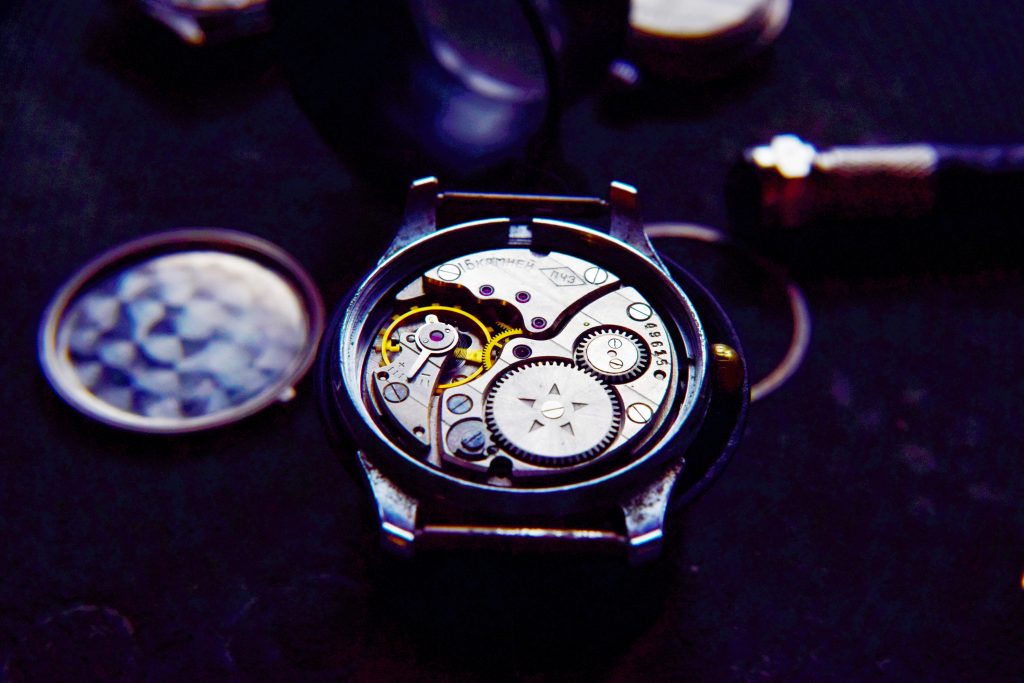
Origins
Watches evolved from portable spring-driven clocks, which first appeared in 15th-century Europe. The first timepieces to be worn, made in the 16th century beginning in the German cities of Nuremberg and Augsburg, were transitional in size between clocks and watches. Nuremberg clockmaker Peter Henlein (or Henle or Hele) (1485–1542) is often credited as the inventor of the watch. However, other German clockmakers were creating miniature timepieces during this period, and there is no evidence Henlein was the first.
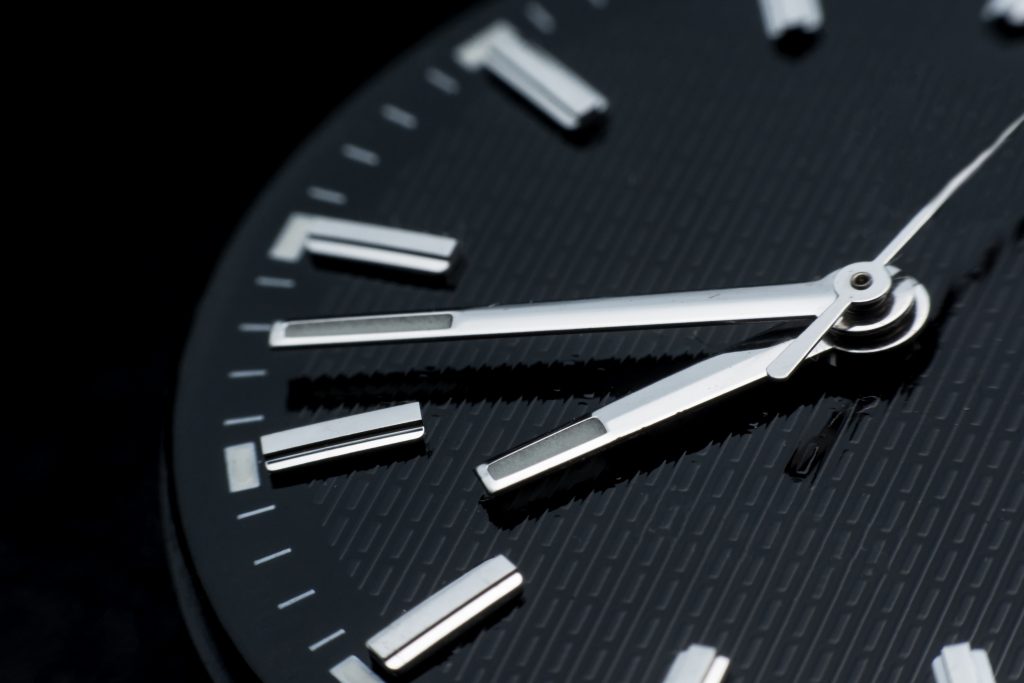
Evolution
A rise in accuracy occurred in 1657 with the addition of the balance spring to the balance wheel, an invention disputed both at the time and ever since between Robert Hooke and Christiaan Huygens. This innovation increased watches’ accuracy enormously, reducing error from perhaps several hours per day to perhaps 10 minutes per day, resulting in the addition of the minute hand to the face from around 1680 in Britain and around 1700 in France.
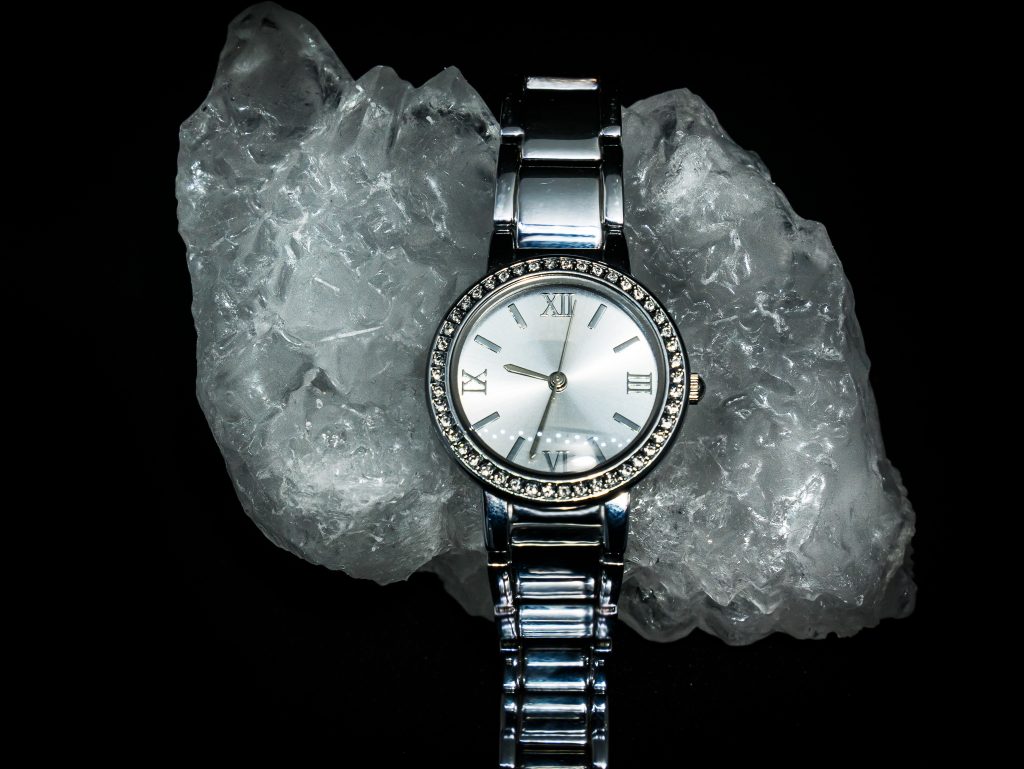
KEY TAKEAWAYS
- Beginning with ancient civilization, from the Egyptians to the Inca, gold has had an actual and symbolic value for humanity.
- Gold has been used as money for exchange, as a store of value, as valuable jewelry, and as other artifacts.
- Gold’s value is ultimately a social construction; we all agree it always has been valuable and will be in the future.
- Gold’s lustrous and metallic qualities, relative scarcity, and difficulty of extraction add to the perception that gold is a valuable commodity.
- Platinum is a valuable metal, too, but can’t be made into currency due to its rarity.
Wristwatches
Automatic watches-John Harwood invented the first successful self-winding system in 1923. In anticipation of Harwood’s patent for self-winding mechanisms expiration in 1930, Glycine founder Eugène Meylan started development on a self-winding system as a separate module that could be used with almost any 8.75 ligne (19.74 millimeter) watch movement.
Electric watches-The Elgin National Watch Company and the Hamilton Watch Company pioneered the first electric watch.The first electric movements used a battery as a power source to oscillate the balance wheel. During the 1950s Elgin developed the model 725 while Hamilton released two models: the first, the Hamilton 500, released on 3 January 1957, was produced into 1959.
Quartz watches-The commercial introduction of the quartz watch in 1969 in the form of the Seiko Astron 35SQ and in 1970 in the form of the Omega Beta 21 was a revolutionary improvement in watch technology. In place of a balance wheel which oscillated at perhaps 5 or 6 beats per second, these devices used a quartz-crystal resonator which vibrated at 8,192 Hz, driven by a battery-powered oscillator circuit.
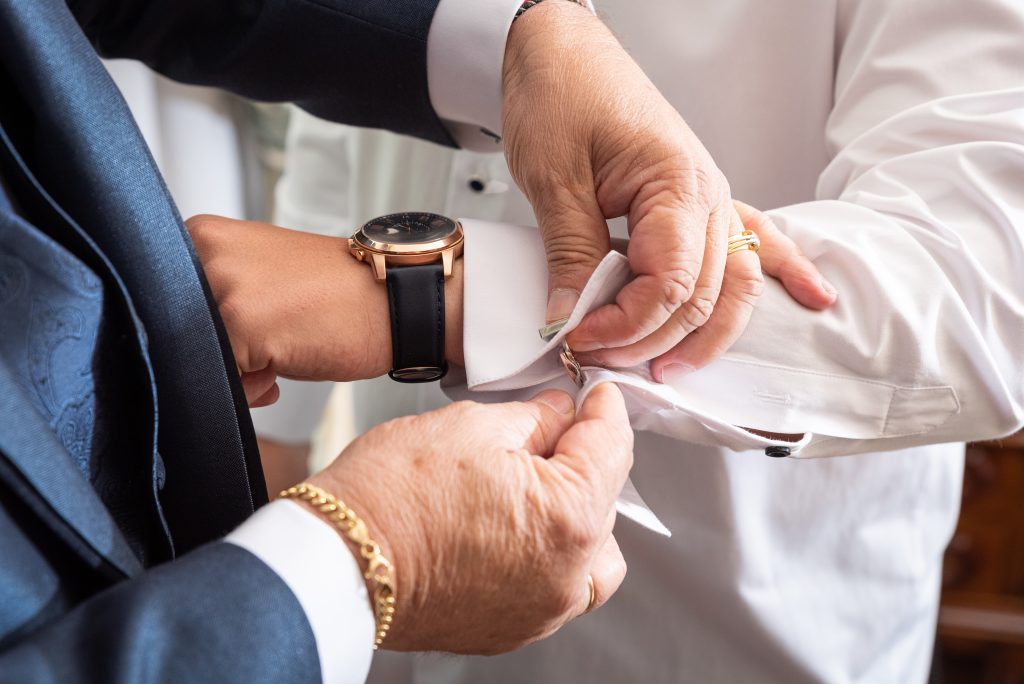
Movement
Mechanical-Compared to electronic movements, mechanical watches are less accurate, often with errors of seconds per day; are sensitive to position, temperature and magnetism; Are costly to produce; require regular maintenance and adjustments; and are more prone to failures.
Automatic watches-A self-winding or automatic watch is one that rewinds the mainspring of a mechanical movement by the natural motions of the wearer’s body. The first self-winding mechanism was invented for pocket watches in 1770 by Abraham-Louis Perrelet, but the first “self-winding”, or “automatic”, wristwatch was the invention of a British watch repairer named John Harwood in 1923.
